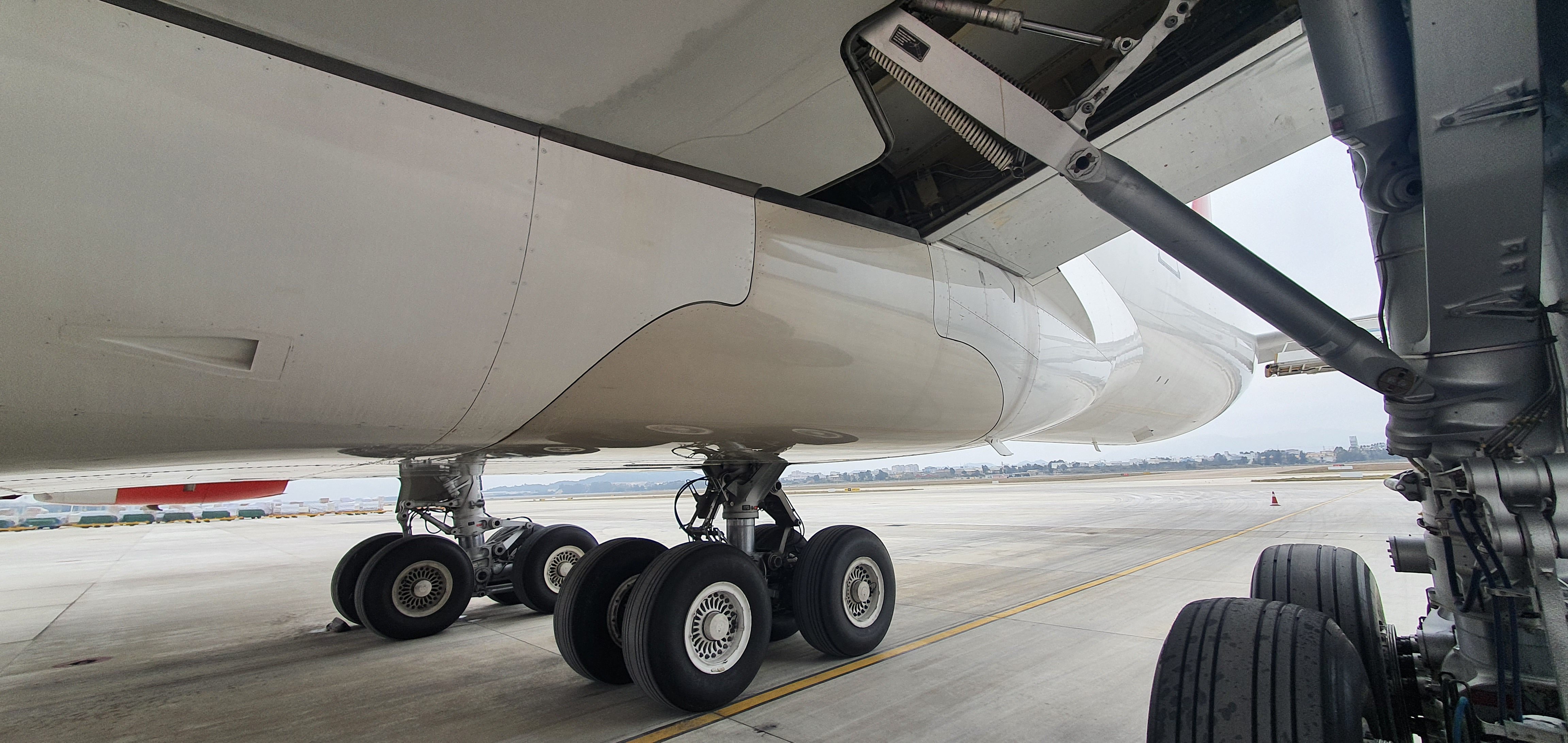In the last post we mentioned some aspects of aircraft repairs and a part of the review is of course the records themselves.
On a transition the existing damage to the aircraft will be considered noting and not limited to the following areas:
The location that that specifically notes where the damage is – how we can pinpoint it; For example illustrate FRame’s and STRinger’s will be used, where a Frame is a longitudinal measurement and the stringer a circumferential one.
The damage type itself should be included– this might be a dent, scratch, gouge, lightning strike or crack for example and a definition of these can be verified in the aircraft structural manual.
The damage dimensions should be recorded; for example, a dent would have a length, width and depth measurement; it is very important that this is accurate. It is possible that existing damage might be further impacted, and the dimension has changed requiring a further evaluation.
What action was taken – There will be a record of the assessment of the damage and that assessment will have led to the actions taken. This might be a repair, certain detailed inspections or non-destructive tests (NDT); the required items shall be verified against the repair scheme referred to and also the repair scheme shall be checked as applicable for the areas and type of damage; noting that the aircraft applicability is correct.
Based on the location of the damage the thickness of skin can also be determined along with the type of skin from the aircraft structural manual; this can also be checked and in some cases might be confirmed by NDT – as the noted thickness in the repair manual will be the nominal value. There are multiple other factors to consider such as the repair category and ICA (Instructions for Continued Airworthiness), some repairs are classed as “temporary” meaning they will require further work to be considered permanent.
This is a brief overview of only several points as structures reviews are a complex topic; they are also one of the most important due to their potential impact on a transition regarding time taken to address queries and or rework repairs.
Please check out our structures and sheet metal course HERE
